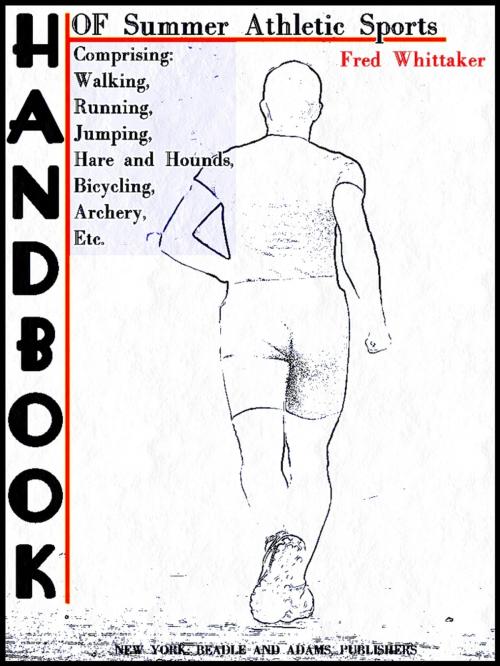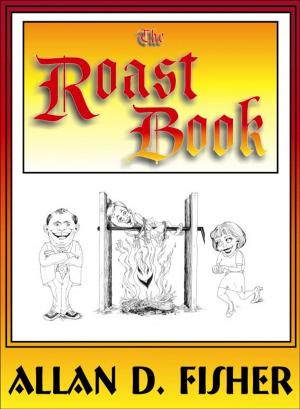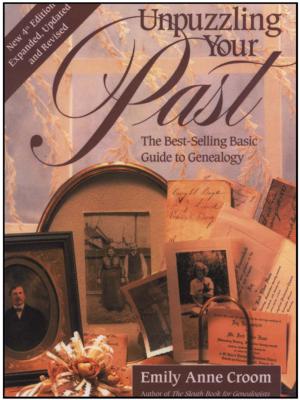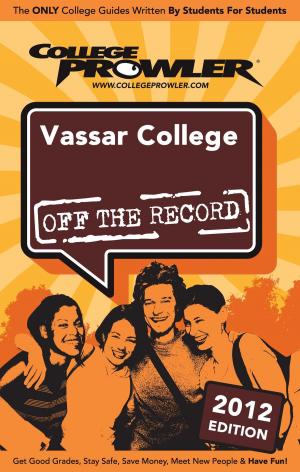Handbook of Summer Athletic Sports
Comprising: Walking, Running, Jumping, Hare and Hounds, Bicycling, Archery, Etc.
Nonfiction, Sports, Individual Sports, Training, Reference, Reference & Language, Guides & Handbooks| Author: | Various, Fred Whittaker | ISBN: | 1230000280652 |
| Publisher: | NEW YORK: BEADLE AND ADAMS, PUBLISHERS | Publication: | November 17, 2014 |
| Imprint: | Language: | English |
| Author: | Various, Fred Whittaker |
| ISBN: | 1230000280652 |
| Publisher: | NEW YORK: BEADLE AND ADAMS, PUBLISHERS |
| Publication: | November 17, 2014 |
| Imprint: | |
| Language: | English |
Example in this ebook
PEDESTRIANISM.
A wonderful increase of popularity has lately attended the art of walking. The steady improvement made in speed and endurance by professional and amateur walkers and the introduction of international contests have brought this about within a few years.
When the firm of Beadle and Adams published their first Dime book of Pedestrianism, the only American walker of reputation was Edward Payson Weston. The record of professionals and amateurs had then developed nothing greater than the performances of Captain Barclay of England, who first did a thousand miles in a thousand hours. Weston's famous walk from Portland to Chicago caused the only ripple of excitement in the sporting world on the subject of walking from the time of Barclay up to 1870.
Since that period, things have changed greatly. Weston's achievements have inspired others, and those others have not only equaled but excelled Weston on many occasions. The names of O'Leary, Rowell, Corkey, and "Blower" Brown, all men born in the British Islands, have been recorded above those of Weston at different times; but it remains to the glory of the American pedestrian that in 1879 he beat them all.
All these changes and ups and downs in pedestrianism for the last ten years have made the old books obsolete, and the publishers of the former Dime Book of Pedestrianism have determined to issue a new edition, fully up to the times in all respects.
Besides practical instructions in walking, founded on the different styles of noted professionals, we shall annex much matter never before put in a handbook, concerning the preparation of tracks, measurements, timing and scoring, for the information of that large class of people living in country towns and villages, who have plenty of walkers, but no experience in the conduct of matches, and no opportunity to see how things are done in first class matches.
Every one can walk, but not every one can become a great walker. Any young man of good health and strength can learn to walk five miles in an hour, but the number of men who can walk twenty-five miles in five hours is very small, and will always remain so. If we take the population of any town or village we shall find that out of every hundred young men from eighteen to twenty-five years of age, there are about sixty more or less given to athletic sports, twenty who are very enthusiastic about them, and six or eight who would make good walkers, runners and general athletes. Of this six or eight, there is generally one who is better than his fellows, and he becomes the village champion in one sport or another.
This is about the true proportion—one per cent—of the young male community, that is capable of being taken at random and converted into good professional walkers. A general system of early physical training would soon increase this proportion, but as we are never likely to see any such system adopted we must be content with what we can get. Out of those capable of becoming great walkers and striving to become so, the proportion of second rate men is quite large.
To be continue in this ebook...............................................................................................................
Example in this ebook
PEDESTRIANISM.
A wonderful increase of popularity has lately attended the art of walking. The steady improvement made in speed and endurance by professional and amateur walkers and the introduction of international contests have brought this about within a few years.
When the firm of Beadle and Adams published their first Dime book of Pedestrianism, the only American walker of reputation was Edward Payson Weston. The record of professionals and amateurs had then developed nothing greater than the performances of Captain Barclay of England, who first did a thousand miles in a thousand hours. Weston's famous walk from Portland to Chicago caused the only ripple of excitement in the sporting world on the subject of walking from the time of Barclay up to 1870.
Since that period, things have changed greatly. Weston's achievements have inspired others, and those others have not only equaled but excelled Weston on many occasions. The names of O'Leary, Rowell, Corkey, and "Blower" Brown, all men born in the British Islands, have been recorded above those of Weston at different times; but it remains to the glory of the American pedestrian that in 1879 he beat them all.
All these changes and ups and downs in pedestrianism for the last ten years have made the old books obsolete, and the publishers of the former Dime Book of Pedestrianism have determined to issue a new edition, fully up to the times in all respects.
Besides practical instructions in walking, founded on the different styles of noted professionals, we shall annex much matter never before put in a handbook, concerning the preparation of tracks, measurements, timing and scoring, for the information of that large class of people living in country towns and villages, who have plenty of walkers, but no experience in the conduct of matches, and no opportunity to see how things are done in first class matches.
Every one can walk, but not every one can become a great walker. Any young man of good health and strength can learn to walk five miles in an hour, but the number of men who can walk twenty-five miles in five hours is very small, and will always remain so. If we take the population of any town or village we shall find that out of every hundred young men from eighteen to twenty-five years of age, there are about sixty more or less given to athletic sports, twenty who are very enthusiastic about them, and six or eight who would make good walkers, runners and general athletes. Of this six or eight, there is generally one who is better than his fellows, and he becomes the village champion in one sport or another.
This is about the true proportion—one per cent—of the young male community, that is capable of being taken at random and converted into good professional walkers. A general system of early physical training would soon increase this proportion, but as we are never likely to see any such system adopted we must be content with what we can get. Out of those capable of becoming great walkers and striving to become so, the proportion of second rate men is quite large.
To be continue in this ebook...............................................................................................................















